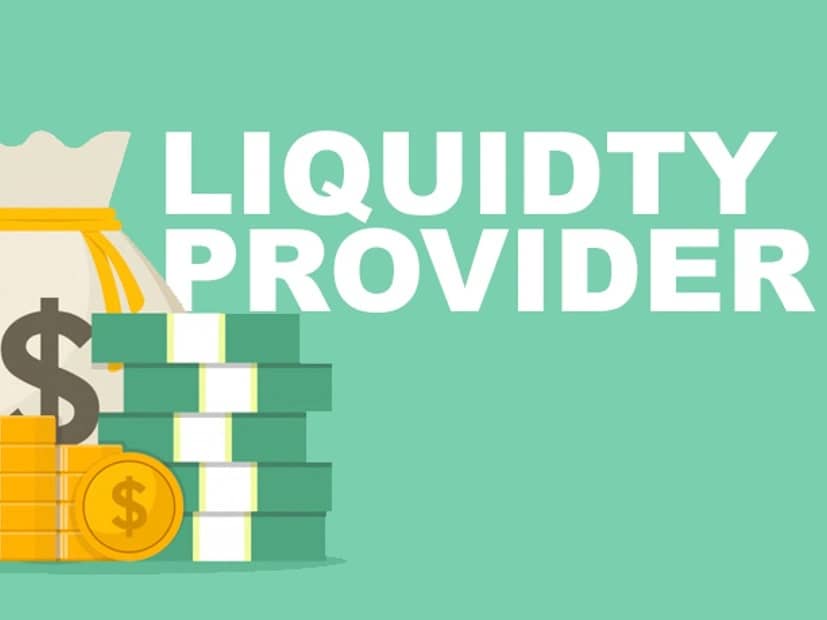订阅 wiki
Share wiki
Bookmark
Liquidity Providers
Liquidity Providers
在加密货币和DeFi(去中心化金融)行业中,**流动性提供者(LPs)**一词指的是为去中心化交易所(DEX)的流动性池提供自有加密资产的用户。[1] [3]
这些加密资产用于促进自动化做市商(AMM),如Uniswap、SushiSwap和MindSwap上的交易。流动性提供者通常提供两种或两种以上的代币,并通过存款赚取被动收入。[2] [4]
花絮
- 作为提供资金的回报,用户可以从其流动性池中发生的交易中赚取交易费用,费用与其占总流动性的份额成正比。
- 提供流动性的用户必须牢记智能合约风险和无常损失。[5]
- 由于任何人都可以成为流动性提供者,因此AMM使做市更加容易。[6]
简介
当用户为流动性池提供资金时,通常需要提供两种不同的资产,以便交易者可以通过成对交易在两者之间切换。[7]
DeFi中的流动性池
去中心化交易所利用流动性池,这些交易所使用基于自动化做市商的系统,允许以有限的滑点交易流动性不足的交易对。这些交易所不使用传统的订单簿交易系统,而是使用为每个交易对中的每种资产持有的资金来执行交易。[8]
虽然在基于订单簿的交易所交易流动性不足的交易对可能导致遭受巨大的滑点和无法执行交易,但流动性提供者的优势在于,只要流动性池足够大,交易始终可以执行。[9]
在以太坊上使用流动性池的其他流行交易所是Curve Finance和Balancer。这些协议中的流动性池包含ERC-20代币。币安智能链(BSC)上的类似等价物是PancakeSwap、BakerySwap(BAKE)和BurgerSwap,其中池包含BEP-20代币。[11]
池化流动性可以以多种不同的方式使用,例如收益耕作或流动性挖矿。流动性池是自动化收益生成平台(如yEarn)的基础,用户将资金添加到池中,然后用于生成收益。[12]
当用户向Uniswap提供流动性或向Compound借出资金时,他们会获得代表其在池中份额的代币作为奖励。用户还可以将这些代币存入另一个池中并获得回报。这些链可能变得非常复杂,因为协议将其他协议的池代币集成到其产品中,依此类推。[13]
流动性提供者示例
流动性提供者可以为流动性池提供价值5,000美元的ETH和5,000美元的DAI,以允许两者之间来回交易。每次执行ETH/DAI流动性池上的交易时,相关流动性提供者都会因资助相关池而获得补偿。[10]
流动性提供(LP)代币
当流动性提供者成功地向DEX上的任何流动性池提供流动性时,他们会获得流动性提供者代币或LP代币作为收据,这使他们可以索取其原始股份和赚取的利息。这些LP代币表示其在池中相关流动性的所有权。LP代币跟踪对流动性池的个人贡献,并且与总池中的流动性份额成比例。这些LP代币可以进一步用于收益耕作、贷款抵押品和许多其他用途。 [14][15]
发现错误了吗?
